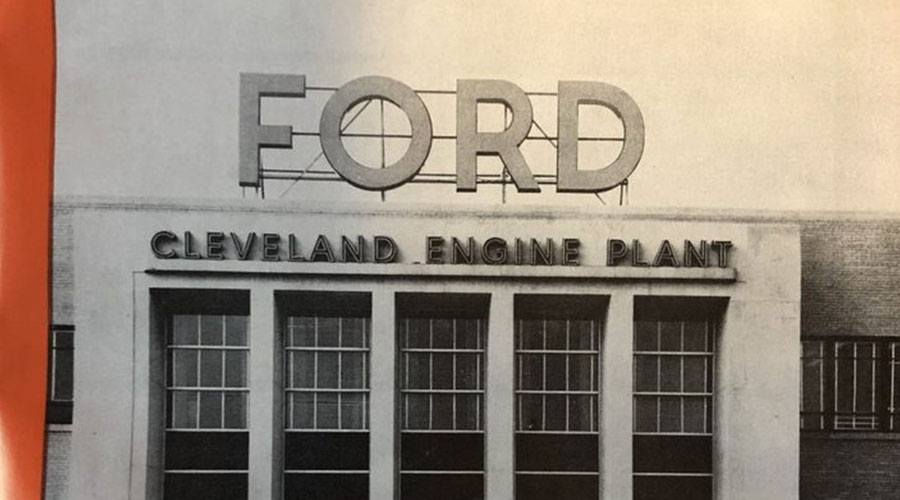Report: 2005 Could Be Breakthrough Year for 'Broadband Over Powerline' Serving U.S. Consumers, Businesses
Broadband over powerline (BPL) technology may be "primed for real growth in 2005 and beyond" across the United States, according to a new white paper released recently by the New Millennium Research Council (NMRC).
Broadband over powerline (BPL) technology may be "primed for real growth in 2005 and beyond" across the United States, according to a new white paper released recently by the New Millennium Research Council (NMRC). Trials and actual commercial deployments of BPL systems are on the rise, with more than 20 projects in operation in 2004 and more expected to come online in 2005.
Entitled "Powering the Broadband Market in 2005 and Beyond," the NMRC white paper asks: "Is 2005 the year of BPL? There are a number of signs that suggest this could be the time the technology begins its emergence as a viable competitor in the broadband market ... Today, electric utilities across the country are deploying the necessary technology to provide broadband and other advanced communications services, such as Voice over Internet Protocol (VoIP), via the power lines that connect to virtually every home and business. Many industry watchers and representatives now believe BPL can dramatically change the landscape of the broadband market, offering new forms of competition and delivering high-quality service to remote areas. During the past two years, the commercial and media perspectives on BPL in the United States have evolved from categorizing the technology as 'almost ready' to 'really here.'"
Though still in its early stages in the U.S., BPL technology already is available in such places as sections of New York City (Ambient) and — in what is the first city-wide commercial BPL network in the United States — in the suburban Washington, D.C. community of Manassas, Va. (Communication Technologies, Inc., or COMTek). Both of the firms are profiled in the report.
How BPL works:
Broadband over power line (BPL) is the transmission of high-speed communications services, including Internet access, over the existing electric infrastructure using adaptive technologies. The wires that carry electricity, either on poles above ground or through tunnels underground, possess the capacity to also serve as a conduit for data signals. These power lines are known as medium voltage, carrying between 1,000 and 32,000 volts of electricity and travel the distances between power substations and the customer's household or building. The power lines that connect to a household or other building from the utility pole are known as low voltage, transmitting 120/240/480 volts.
By bundling radio-frequency (RF) energy on the same line with the electric current that is already carried, data can be transmitted without the need for a separate line. Since the electric current, which is used to provide power to the end users, and RF energy signals carrying the data operate at different frequencies (with electric current traveling at lower frequencies and data at higher levels), the two don't interfere with each other.
Technological advances in the past several years have enabled electric companies to place devices along existing wires and poles to provide broadband services. Known as Access BPL, the systems require a connection from the Internet backbone at a power substation, repeaters (in some cases) and couplers along the medium voltage power lines that transmit the data signals, and then a final converter that transfers the signal from the medium voltage to the low voltage lines that go into homes. Once inside the home, the signal can be accessed at any electrical outlet with a BPL modem.
Related Topics:










